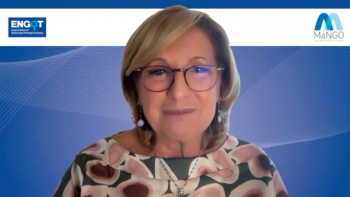
Daniel J. Klein Explains the Challenges Patients Have With ACA Plans
Patients encountering high deductibles regarding medication in their Affordable Care Act plans can seek assistance from drug manufacturers by using copay programs, said Daniel J. Klein, president and CEO of the Patient Access Network Foundation.
Patients encountering high deductibles regarding medication in their Affordable Care Act plans can seek assistance from drug manufacturers by using copay programs, said Daniel J. Klein, president and CEO of the Patient Access Network Foundation.
Transcript (modified)
What challenges are patients running into with Affordable Care Act plans?
The exchange plans, in some ways, look a lot like Medicare Part D, particularly around medications. I say this because exchange plans have, in many cases, a separate deductible for drugs and this deductible, whether it’s separate or not, is quite high. So I think the median deductible in the exchange silver plans is probably over $3000 annually.
The other thing that’s important to understand about the exchange plans is that they do have a maximum out-of-pocket limit, but oftentimes that doesn’t really kick in until around $6700 for an individual. If you’re above the subsidy level—what’s called the “cost-sharing reduction level”—within the exchange plans (and I think that’s about 250% of federal poverty level) then between that and the maximum out-of-pocket limit, between your deductibles and out-of-pocket costs until you hit that out-of-pocket limit, you may be unable to afford to use new treatments that are available. If you can’t find that $3000 plus whatever the coinsurance is it may be very difficult for you to get access to the care you need.
Now the important thing to understand is the difference in the exchange plans, that the drug manufacturers can provide direct assistance through their copay card program. Patients may be able to get assistance in that way.
Newsletter
Stay ahead of policy, cost, and value—subscribe to AJMC for expert insights at the intersection of clinical care and health economics.













































